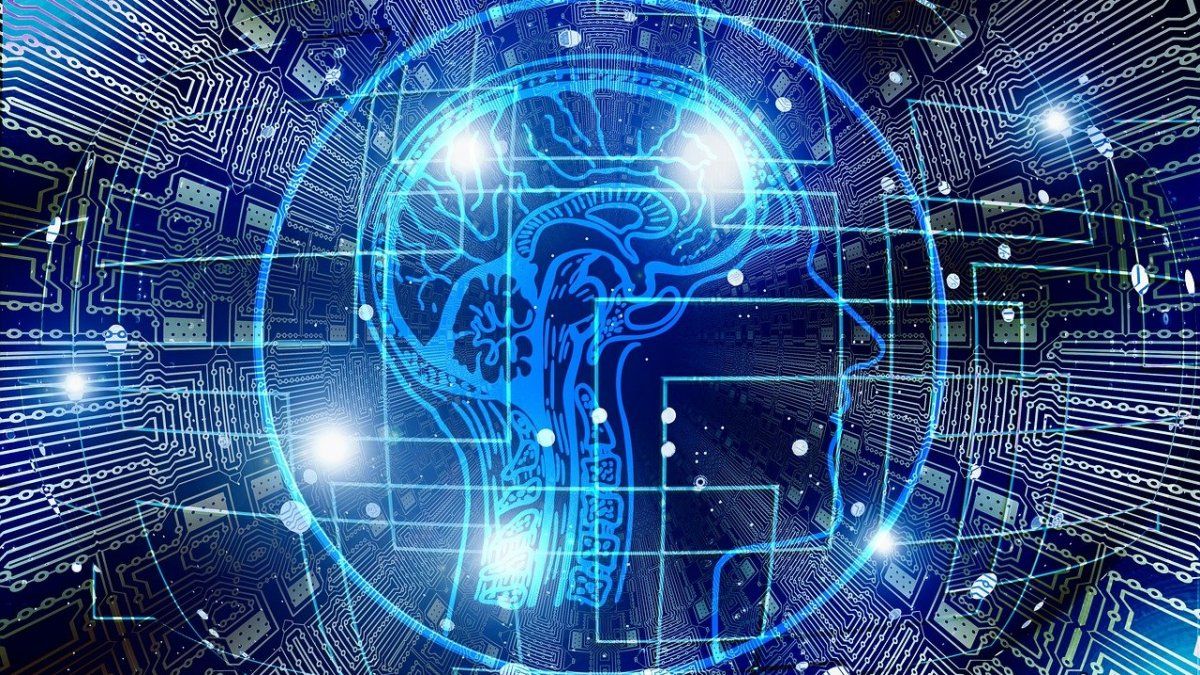It is a reality that the world of work is changing rapidly, and that millions of people fear losing their jobs in the hands of the Artificial Intelligence (AI). What is also true is that people have the capacity for reinvention, based on the brain function called neuroplasticity. Therefore, anyone can adapt, change and transform, learning new skills and competencies typical of this era of the world, if they decide to do so.
It is understandable that there are people who are afraid of what, to date, is the great disruption of this time, just as color television, cell phones and computers and mobile phones were, which were also questioned and feared in his time.
My experience creating Mentor Coach GPT in association with ChatGPT and its mother company, Open AI, allows me to see this innovation as an outstanding co-pilot and assistant to simplify tasks. In the case of the GPT that I have trained, it is aimed at leaders, entrepreneurs, and fellow coaches and mentors, so that they can optimize times and receive responses in fractions of a second.
The purpose of Artificial Intelligence is to support and enhance human abilities, and not outright replace them. This idea perfectly illustrates how collaboration between humans and machines can lead to extraordinary results. There are still many ethical aspects to debate in the incipient opening of this technology in the domestic market.
There is also very good news: emotion, feeling, physical contact, the creative spark and the power to relate, among others, are human aspects that at the moment no artificial intelligence has been able to replace.
- The origin, many years ago
Although it seems that talking about AI is something new, the truth is that the origin was in 1956. That year, as a formal field of study, it had its birth and baptism during a conference at Dartmouth College, in Hanover, New Hampshire, in the United States.
In this historic event, organized by John McCarthya young mathematician, along with Marvin Minsky, Nathaniel Rochester and Claude Shannonmet to explore the possibility that machines could not only perform calculations, but also learn and adapt.
The Artificial intelligence Since the late 1950s it has improved and contributed to advances in fields as diverse as science, technology, health, entertainment, communication and many more.
Without going any further, a current television, your cell phone, an application that you use daily, computed tomography machines and thousands of other devices are based on Artificial intelligence.
How can we take advantage of AI?
Define clear objectives: Before using AI, be clear about what you want to achieve. This will help you choose the most suitable tools.
- Learn to formulate good prompts: A prompt is a specific instruction or question that you give to the AI. Being clear and detailed improves the results you get. You can also upload files, photos, graphs and ask it to carry out analysis and draw conclusions, or make innovative proposals based on the information you provided.
- Use AI to automate repetitive tasks: From email responses to data analysis, let AI handle the monotonous.
- Customize AI tools: Many tools allow custom settings. Take advantage of this feature to adapt them to your specific needs, and let the technology know you as you use it more and more.
- Keep an open and experimental mindset: Try different tools and approaches; ask him questions and ask him to rephrase or elaborate. Experiment, play and put it to the test. Experimentation is key to finding how AI can serve you better.
- Prioritize security and privacy: Make sure the AI tools you use comply with data security regulations. At the same time, you must thoroughly review each response it gives you, since it is not yet a completely reliable technology, especially in data or topics that require a high level of rigor.
- Constantly train yourself: The field of AI is constantly evolving. Stay up to date with the latest trends and tools.
- Integrate AI into decision making: Use AI to collect and analyze data to help you make informed decisions. For example, you can present various scenarios and, in this intersection of options, help you identify the best ones.
- Foster collaboration between AI and humans: Consider how AI can complement team skills, not just replace tasks.
- Evaluate and adjust regularly: Measure the impact of AI on your work or life and make adjustments as necessary to maximize the benefits, getting the most out of it.
The artificial intelligence (AI) It is not simply a ‘thing’ of the future: it is already among us, and it is here to stay. The human challenge is to use it strategically and consciously, and integrate it, if you wish, as an assistant in your activities. The challenge lies in finding an ideal balance in our daily lives.
Facilitator and Master Executive Coach specialized in senior management, professionals and teams; mentor and professional communicator; international speaker; author of 32 books. LinkedIn Top Voice Latin America. ICF certified professional coach at the highest level, Certified Coach, Member and Mentor in Maxwell Leadership, the John Maxwell team.
Source: Ambito
David William is a talented author who has made a name for himself in the world of writing. He is a professional author who writes on a wide range of topics, from general interest to opinion news. David is currently working as a writer at 24 hours worlds where he brings his unique perspective and in-depth research to his articles, making them both informative and engaging.




